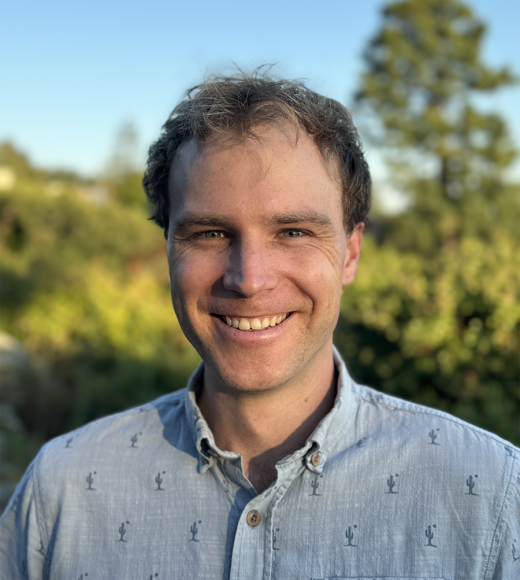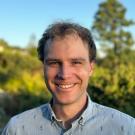Connecting the Dots Between Computer Engineering and AI
New assistant professor of teaching explores space between hardware, software and theoretical computer science
Anthony Thomas, a new assistant professor of teaching in the Department of Electrical and Computer Engineering at the University of California, Davis, wants to help students understand the fundamental principles that underpin artificial intelligence.

Through teaching and developing new courses, Thomas aims to guide students in exploring the space between computer engineering and theoretical computer science to help them build a new generation of AI algorithms and hardware that are trustworthy, reliable and energy efficient.
"There's a lot of foundational knowledge that's well addressed by traditional classes — these are things like how to design a transistor in computer engineering or how to measure the performance of machine learning algorithms in computer science — but I think there's a ton of scope for a curriculum that connects these two areas," Thomas said.
Giving Dimension to Knowledge
Much like Thomas' desire to make core engineering and computer science concepts accessible for students, his research focuses on developing tools to understand complicated algorithms.
As a computer science doctoral student at UC San Diego, he wrote a thesis that provided a rigorous mathematical toolkit to serve as a framework for the development, analysis and verification of hyperdimensional computing.
Hyperdimensional computing, or HDC, is an approach to computation from theoretical neuroscience that represents data using long sequences of random numbers. HDC can be used to map certain kinds of tasks in AI and machine learning onto new kinds of computer hardware that use very little energy and can run very quickly.
One of the reasons Thomas was interested in formalizing this method is because if we can understand how it works and then optimize its design, it could be used to implement complex machine learning algorithms on miniature equipment, such as wearable devices that track vital signs.
He was also interested in its ability to provide practical insight into how machine learning algorithms function.
"The thing that's interesting about this framework is that it's more akin to classical algorithms than it is to deep learning, in the sense that we are realizing a very specific type of computation, so we can understand exactly what these algorithms are doing."
As a postdoctoral researcher at UC Berkeley's Redwood Center for Theoretical Neuroscience, he continued his research on fleshing out HDC, looking to the brain to understand connections between hyperdimensional computing, cognitive science and theoretical computer science.
Seeding Ideas
At UC Davis, Thomas' research program will synthesize his work in HDC to focus on realizing sophisticated algorithms under physical constraints.
"Imagine you are developing a sensor for environmental monitoring that's going to be placed in a remote location; it might not always have a reliable internet connection, and if it does, it might cost a lot of energy to use it. If you want to learn from that data, that needs to be done right on the sensor itself."
Addressing hardware and software constraints for next-level advancements like this hypothetical monitor, which would be particularly useful for agriculture, was one of the biggest draws for Thomas to come to UC Davis.
"I was drawn to Davis, in particular, for its strong ag program. One of the challenges of studying theory is that you have this set of tools that you know a lot about, but it's not always obvious how to apply them. I'm really excited about working with people who can take some of these ideas and help me see how they can be applied better to problems that people really have, like in agriculture or health."
Value of Research
Thomas is excited to blend his passion for teaching with research, particularly for his students.
"Research has been a really important part of the way that I've learned," he said. "Lectures and classes are important for setting the groundwork, but for me, a lot of these ideas were crystallized when I applied them to a research project. That's something of interest to me, connecting students with research as a teaching tool."
He said that being a teaching professor at UC Davis makes that goal easy.
"I want curriculum development and students to be a central part of my role, but I also still value research a lot, and I want to be in a place where there's exciting research and lots of different interdisciplinary work going on. I think UC Davis really offers a nice blend of those two foci."
Media Resources
- Matt Marcure, Content Specialist, mmarcure@ucdavis.edu

